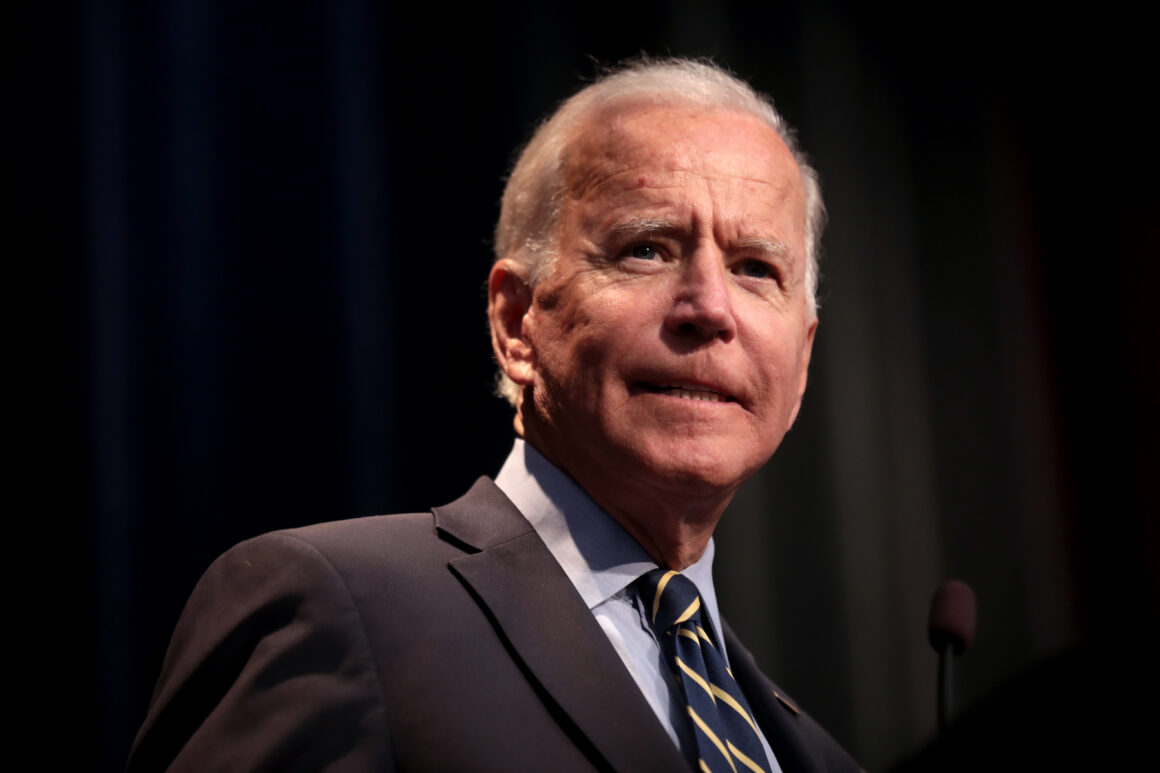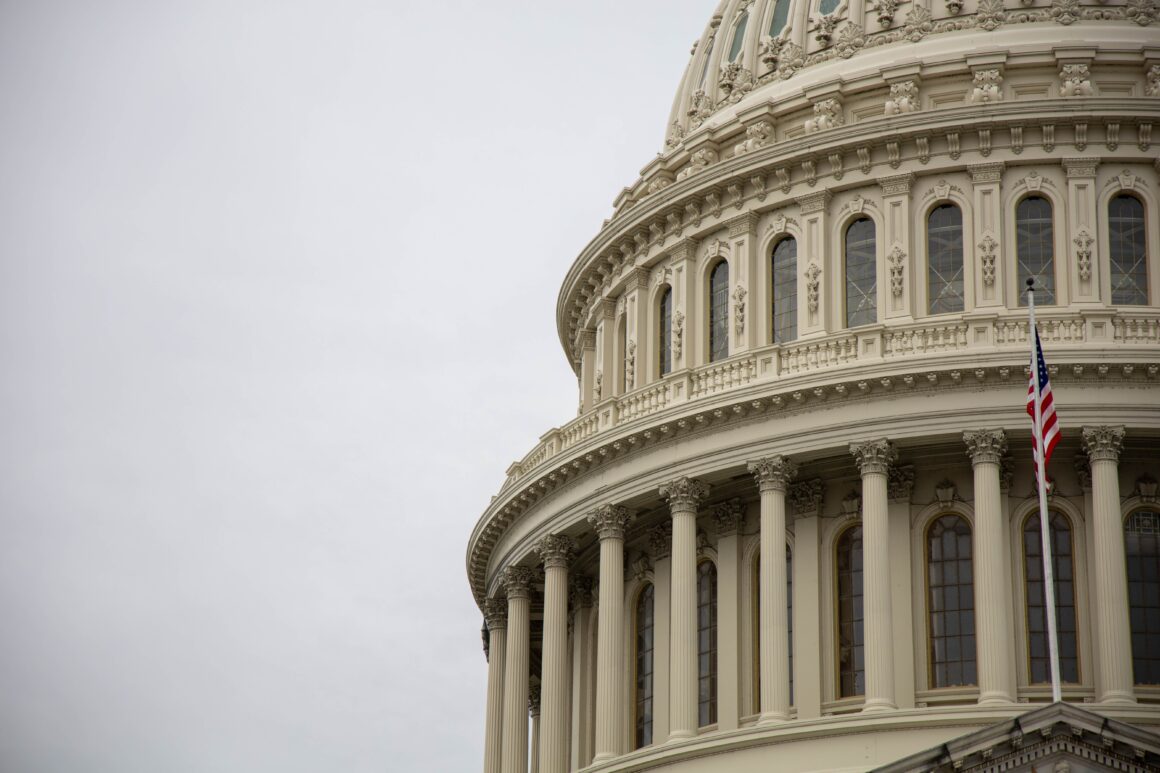As logistically expected in an 18-person race, Jon Ossoff, Democratic candidate for Georgia’s 6th district, did not manage to clinch the House seat by getting 50% of the vote. The results tallied up to 48.1% for Ossoff while his closest competitor, Karen Handel, a Republican, attained 19.8% of the vote. Both Ossoff and Handel will advance to a June 20 runoff in the special election for the U.S. House seat vacated by Tom Price, the new health and human services secretary. The widely publicized and momentous election has jolted the nation into a partisan frenzy as Democrats nearly managed to flip the traditionally red district. In fact, Ossoff outperformed pre-election polling by a total of 5 or 6 percentage points, toeing the line between victory and the special election. Democrats raised about $8 million in fundraising for Ossoff’s campaign, intent on gaining back control of the House. Ossoff managed the remarkable as Georgia’s 6th district consists of some of the nation’s wealthiest, educated counties who are about 9.5 percentage points more Republican than the nation as a whole. As the Washington Post explained, “Ossoff — in a district with a 9.5-point Republican advantage — ran 10 points above the 2016 Democratic House contender and ahead of Hillary Clinton (who won less than 47 percent). That strong showing keeps the district as a tossup in June.”
If Georgia’s 6th district is an exemplification of the national electorate, the results of this election can provide Democrats with the information they need to procure success in other House and Senate elections. This election should be a model example for the Democratic party and should be attentively studied for its evident conclusions, 1.Trumpian politics is detrimental in affluent regions and 2. progressivism wins elections.
The first point has been illustrated through the abysmal showings of Trump-affiliated candidates Bob Gray (10.8 percent), Bruce LeVell (.2 percent) and Amy Kremer (0.2 percent).
As explained by Georgia native and conservative commentator Erick Erickson, “Don’t believe the White House spin that this was not a rebuke of the President. The more closely aligned a candidate was with President Trump, the worse that candidate did. Bob Gray, who was viewed as the Trump candidate, actually opposed Donald Trump vocally throughout the primaries and at one point was declared NeverTrump. But he ran as a partner for Trump. He did better than Bruce [LeVell] who did coalitions work for President Trump in Georgia. He, in turn, did better than Amy Kremer who helped run a Trump related super PAC.”
In the 2016 election, Trumpian politics was largely based on populist sentiment. It did not invoke excitement with affluent, White suburbanites as these individuals are currently content with the system. They were not the target supporters of Trump as they are neither affected by trade deals nor do they feel the need to backlash at the political process for disregarding their economic situations. These factors are present within the low-income, rural communities of the Midwest, the region that handed Trump the presidency. Trump’s unprofessionalism and ignorance is negatively viewed by affluent, educated communities, but like other traditional Republican districts across the nation, they voted Trump due to the fact he was not a Clinton. These communities did not rally for Trump throughout the election, and this sentiment has worsened post-election due to the perceived incompetence of President Trump. I am not a professional strategist by any means, but this disconnect certainly seems like an opening for Democrats to sweep these districts.
This segways into the second point, Clintonism and centrism is not the strategy that wins elections, progressivism does. Progressive politics is fresh and genuine, a reason that can persuade voters alone. During the 2016 primaries, Bernie Sanders, self-proclaimed “democratic socialist,” was voted the most “truthful” in a Fox Nation poll, winning in a landslide compared to the other GOP and Democratic candidates. In addition, according to a Quinnipiac Poll, Sanders polled very highly as being honest and trustworthy, and scored high with Republicans, whereas the Democratic and GOP frontrunner were very much split on party lines. This poll illustrated the crossover appeal of progressive candidates like Bernie Sanders. Similarly, Ossoff is much more progressive and open about his stances on the issues in comparison to the Democratic establishment. Ossoff has come out in favor of ending “reckless, destabilizing” wars overseas like the war in Iraq, appealing to the isolationist, “America First” sentiment of conservatives (however, his take on Trump’s Syrian missile attacks leave much to be desired by progressives). According to his website, Ossoff also supports raising the minimum wage to become a “living wage,” though a clear amount is not stated. Ossoff is not leftist, but he is a candidate that can win and seems open to progressive policies. He holds a myriad of left-leaning stances and despite specific areas of policy in which “Clintonism” seeps through, Ossoff’s strategy and policies are superior to that of the Democratic establishment.
The Democratic Party can presently be described through varying terms such as Republican-lite, faux progressive, neoliberal and centrist. This overarching theme throughout the Democratic party has rendered the party powerless and has wrought catastrophic effects. In 2014, Democrats were destroyed by the midterm election results – Republicans single-handedly won control of the Senate and strengthened their majority in the House. In Arkansas, Kentucky, West Virginia, Louisiana and various other regions Democrats were demolished by their Republican counterparts. What did they all have in common? They ran as “centrist” Democrats. Some were friendly to Big Oil and Wall Street while others never took a stance on an issue, offering vague platitudes as solace to disaffected voters. Most of the time, it was a combination of both that sunk their campaigns.
The popularity of senators like Bernie Sanders and the success of candidate Jon Ossoff are indicative of the road the Democrats need to take to win back the House and the Senate in 2018 and the presidency in 2020. These men, among other progressives, are flashing signals to the Democratic Party. “We are the future!” they blare. Let us push the Democratic party to see it, for the sake of democracy and the health of this nation.




